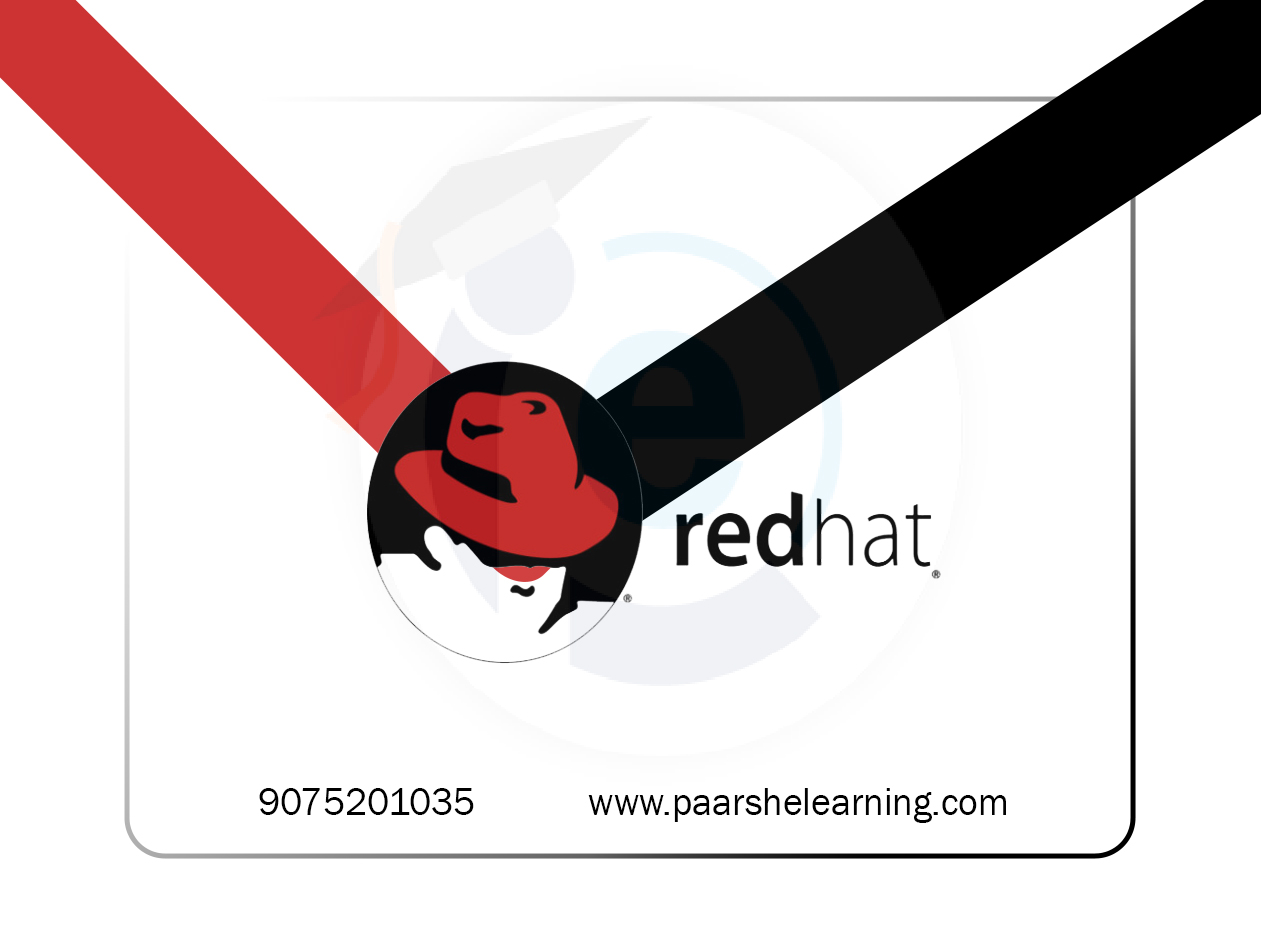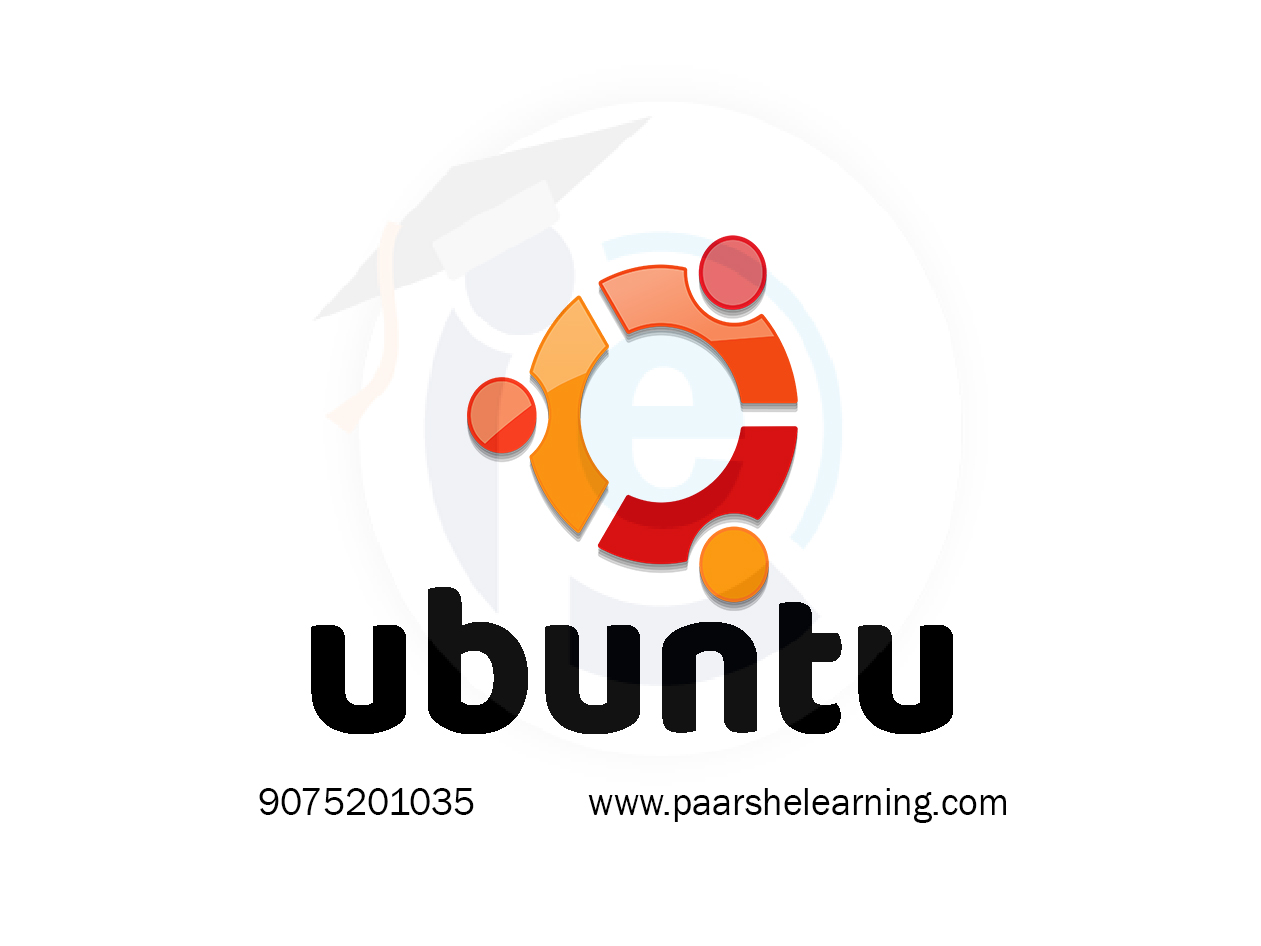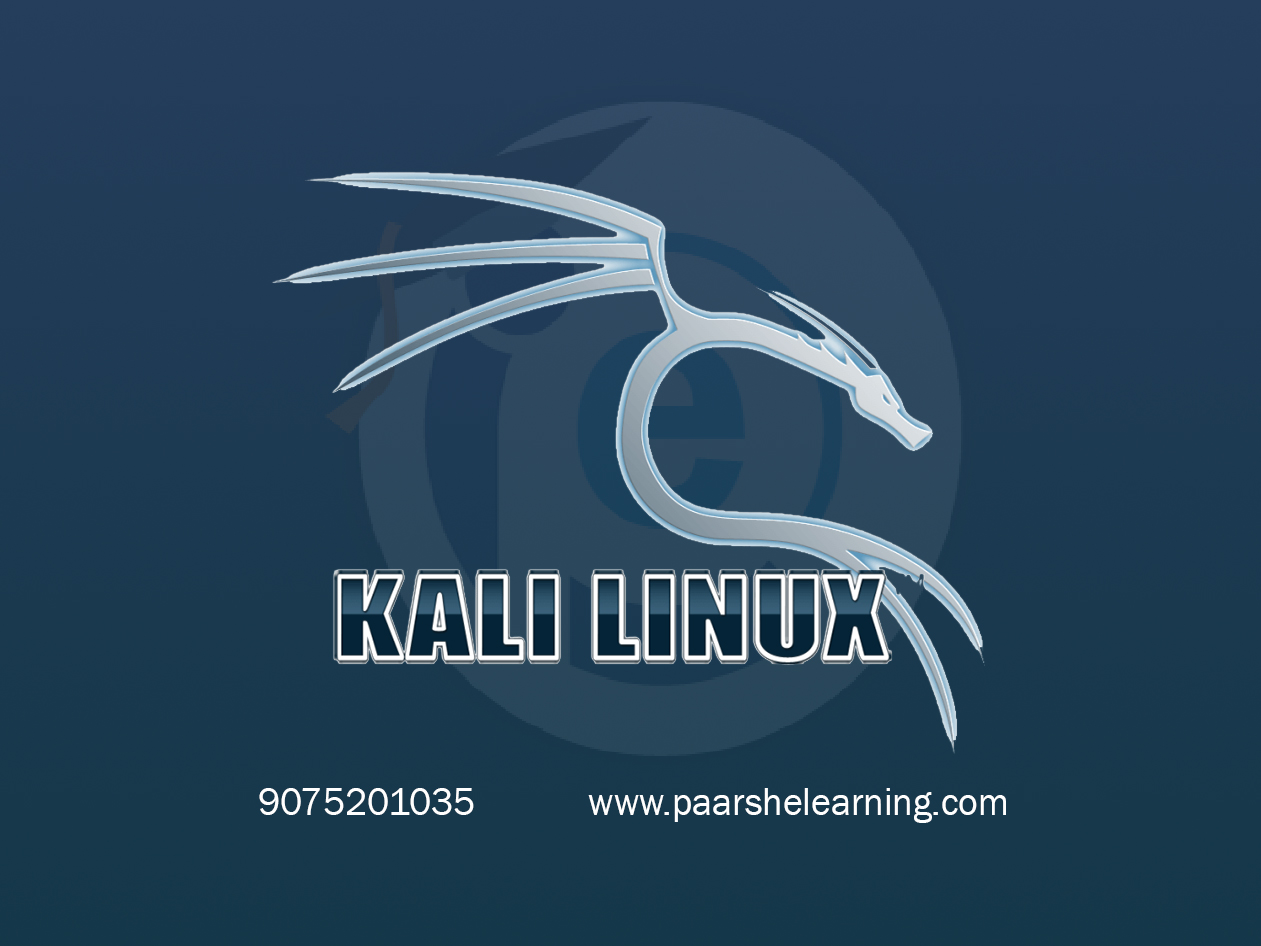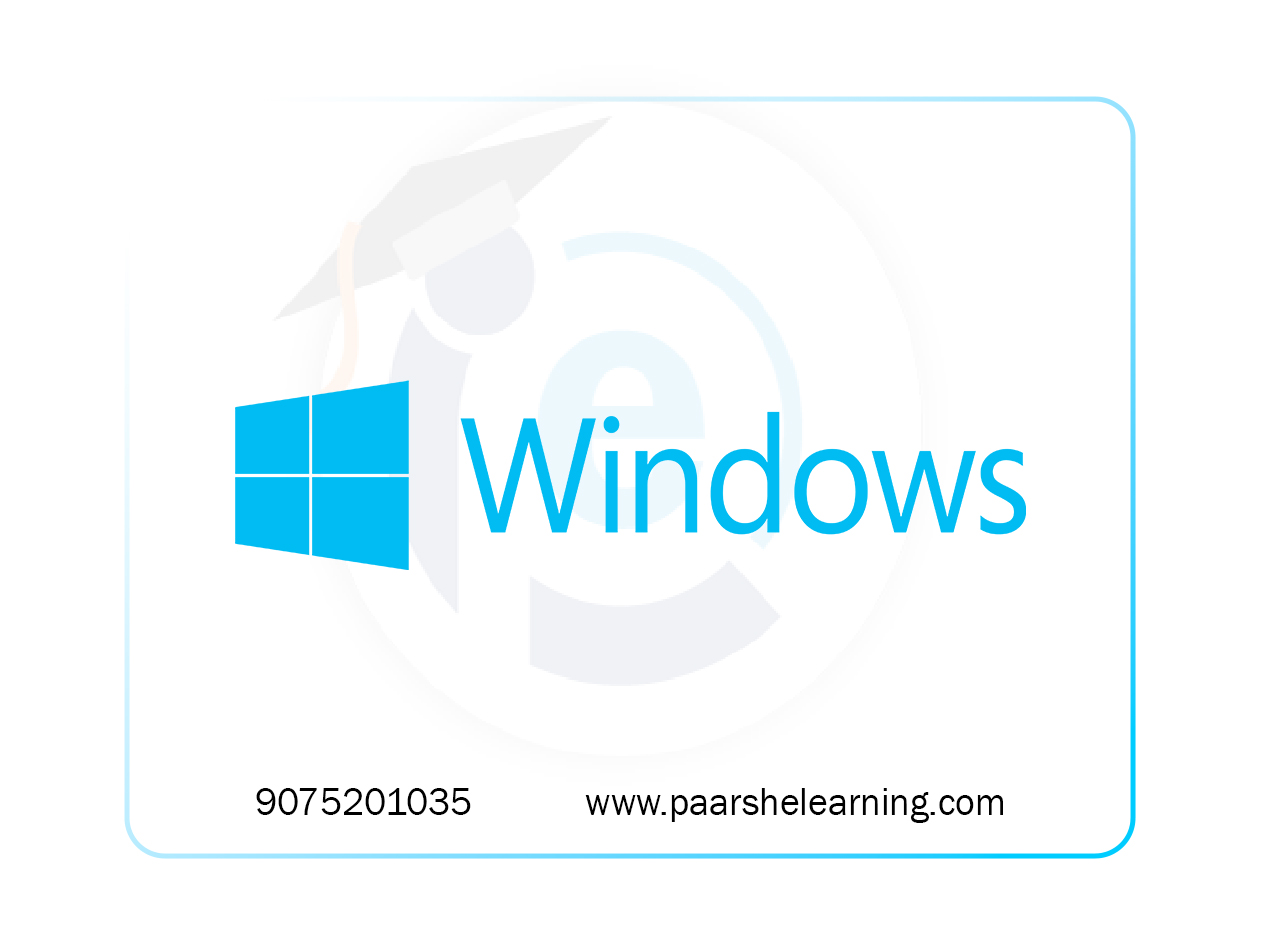- Setting up NGINX Web Server on Red Hat Enterprise Linux
- Configuring Multidomain/Subdomain and SSL on NGINX
- Configuring and publishing PHP web application
- Configuring and publishing ASPNET Core web application
RedHat
Course description
Red Hat is a leading provider of open-source solutions, including the Red Hat Enterprise Linux (RHEL) operating system. If you're interested in learning about Red Hat technologies and certifications, here are some key areas you can focus on:
-
Linux Fundamentals: Develop a solid understanding of Linux operating system concepts, including file systems, permissions, command-line tools, networking, and system administration. Familiarize yourself with the basics of working with Linux distributions, such as package management and user management.
-
Red Hat Enterprise Linux (RHEL): Learn about the features, architecture, and administration of Red Hat Enterprise Linux. Explore topics such as installation, configuration, managing packages and software repositories, system security, networking, storage management, and user administration.
-
Red Hat Certification: Consider pursuing Red Hat certifications to validate your skills and knowledge. The Red Hat Certified System Administrator (RHCSA) and Red Hat Certified Engineer (RHCE) are popular certifications demonstrating proficiency in managing Red Hat Enterprise Linux systems. Prepare for the certification exams by studying the official Red Hat training materials and practicing hands-on exercises.
-
System Administration: Gain expertise in system administration tasks specific to Red Hat environments. This includes managing services, configuring network interfaces, handling system logs, managing storage devices and partitions, setting up security measures, and troubleshooting common issues.
-
Virtualization and Containers: Explore Red Hat's virtualization technologies, such as Red Hat Virtualization (based on KVM) and containerization platforms like Red Hat OpenShift (based on Kubernetes). Learn how to deploy and manage virtual machines and containers, as well as orchestrate containerized applications using Red Hat's tools and technologies.
-
Red Hat Satellite: Familiarize yourself with Red Hat Satellite, a system management platform that helps with software deployment, patch management, configuration management, and monitoring of Red Hat Enterprise Linux systems. Learn how to register systems with Red Hat Satellite, manage software repositories, and perform system provisioning and configuration management tasks.
-
Automation and Orchestration: Understand Red Hat's automation and orchestration tools like Ansible and Red Hat Tower (formerly Ansible Tower). Learn how to automate system configuration, deployment, and management tasks using Ansible playbooks and workflows.
-
Red Hat OpenStack: If you're interested in cloud computing, explore Red Hat OpenStack, an open-source cloud computing platform. Learn about the architecture, deployment, and management of OpenStack-based private clouds using Red Hat's technologies and solutions.
-
Red Hat Support and Documentation: Utilize Red Hat's official documentation, knowledge base, and support resources to enhance your understanding of Red Hat technologies—Access Red Hat's online forums and communities to connect with other professionals and seek assistance when needed.
-
Continuous Learning: Keep up with the latest updates and releases in the Red Hat ecosystem. Stay informed about new features, security updates, and best practices by following Red Hat's official announcements, and blogs, and attending webinars or conferences.
What you will learn from this course?
This course includes!
- Daily Live session
- A recorded session with problem-solving material
- Access on Mobile and TV
- Certificate of completion
This course is for
- Developers
- IT Administrators
- Anyone who wants to manage NGINX Web Server on Red Hat Enterprise Linux for publishing and deploying web applications
Prerequisites for this course
- Computer/Server or Virtual Machine (VM) with Red Hat Enterprise Linux
- No prior programming to follow this course
Redhat Operating Syllabus
-
Introduction To Red Hat Linux And Rhel
Overview of Red Hat as a prominent Linux distribution Understanding Red Hat's enterprise offerings and support Navigating the RHEL desktop environment Installation and setup of RHEL
-
Linux Command Line And Terminal Basics
Introduction to the Linux terminal (command line) Basic terminal commands: ls, cd, mkdir, etc. File manipulation and navigation in the terminal Basic text editing using command-line editors
-
User And Group Management
Managing user accounts and groups Configuring user permissions and access control Implementing password policies and authentication mechanisms Using sudo for elevated privileges
-
File System And Storage Management
Understanding the Linux file system hierarchy Managing disks and partitions using tools like fdisk and parted Using Logical Volume Manager (LVM) for flexible storage Mounting and unmounting file systems
-
Networking And Network Services
Configuring network interfaces and networking settings Working with NetworkManager for network management Introduction to firewall management using firewalld Setting up basic network services (DNS, DHCP, etc.)
-
Package Management And Software Installation
Using YUM (Yellowdog Updater, Modified) for package management Installing, updating, and removing software packages Managing software repositories and dependencies Introduction to RPM package management
-
System Performance And Monitoring
Monitoring system performance using tools like top and htop Collecting and analyzing system resource usage data Using systemd for process management and control Identifying and troubleshooting performance bottlenecks
-
Advanced Topics And Final Project
Introduction to system security and hardening practices Managing system logs and log analysis Implementing SELinux for enhanced security Final project: Configuring and securing a simulated RHEL server
-
Paarsh E-Learning encourages hands-on practice, assignments, and projects throughout the course to reinforce students' understanding of Red Hat Linux concepts. Assign tasks that involve configuring system settings, troubleshooting issues, and performing routine maintenance. Cover both theoretical concepts and practical applications to provide a well-rounded learning experience.



